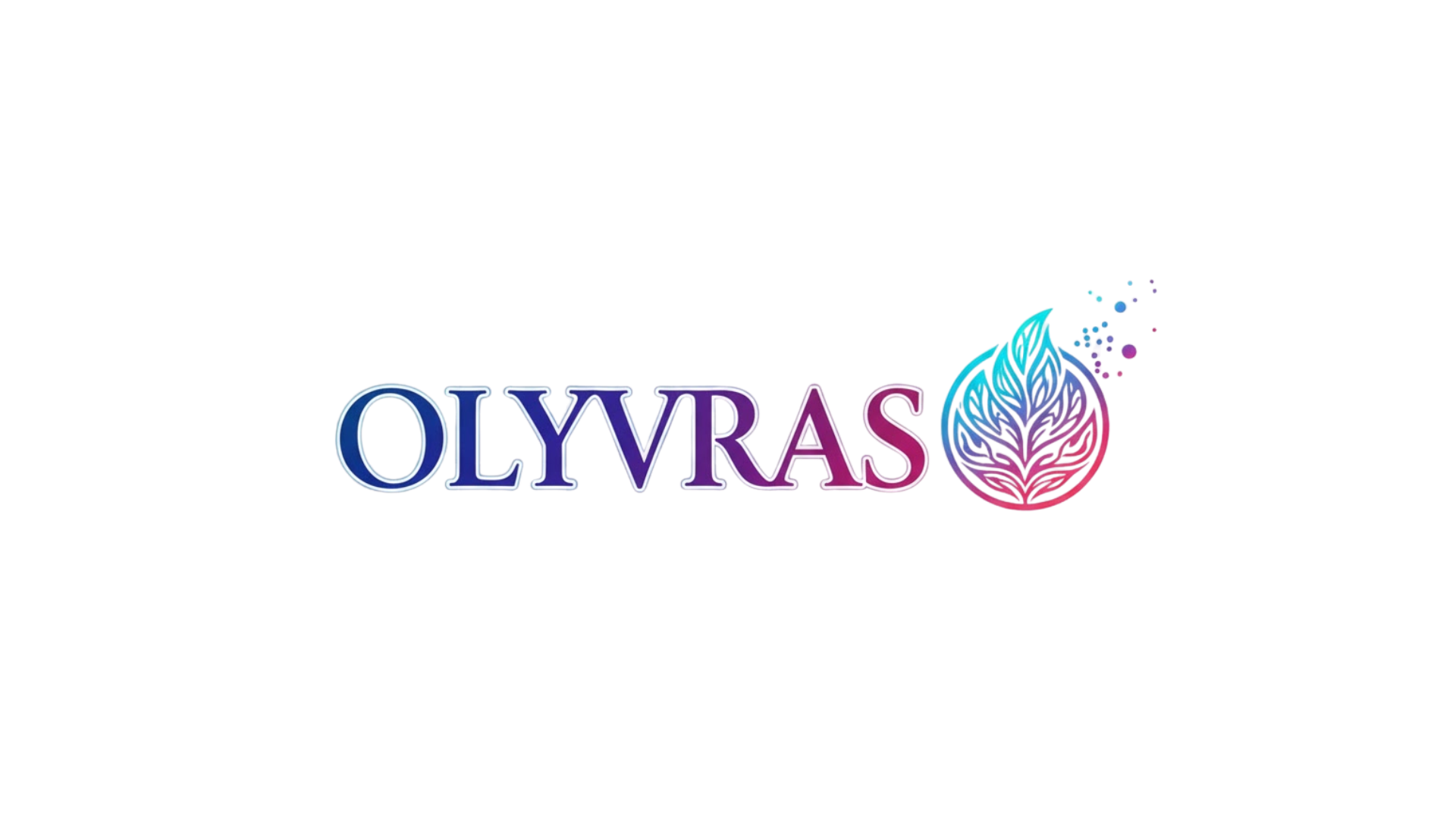Digital diplomacy is reshaping how governments communicate, negotiate, and influence global affairs, transforming traditional diplomatic practices through technology and social media platforms.
🌐 The Dawn of a New Diplomatic Era
The landscape of international relations has undergone a profound transformation in recent years. Where diplomats once relied exclusively on formal channels, closed-door meetings, and official correspondence, today’s foreign policy professionals navigate a complex digital ecosystem that demands immediacy, transparency, and engagement. This shift represents more than just a change in communication tools—it fundamentally alters how nations project power, build alliances, and respond to global crises.
Digital diplomacy, also known as e-diplomacy or cyber-diplomacy, encompasses the use of digital technologies and social media platforms to accomplish diplomatic objectives. From Twitter threads explaining policy positions to virtual summits connecting leaders across continents, the digital realm has become an indispensable arena for statecraft. This evolution reflects broader societal changes where digital connectivity shapes nearly every aspect of human interaction, including the conduct of international affairs.
Breaking Down Traditional Barriers
Historically, diplomacy operated within rigid hierarchies and established protocols that could take weeks or months to produce results. The digital age has dismantled many of these barriers, enabling direct communication between government officials and global audiences. Foreign ministers now tweet policy announcements in real-time, ambassadors host virtual town halls with diaspora communities, and diplomatic missions use Instagram stories to showcase cultural initiatives.
This democratization of diplomatic communication has created unprecedented opportunities for smaller nations to amplify their voices on the world stage. A well-crafted social media campaign can generate international attention that traditional diplomatic channels might never achieve. Countries like Estonia have leveraged their digital expertise to establish themselves as thought leaders in cyber-security and e-governance, punching well above their weight in international discussions.
Real-Time Crisis Management 🚨
Perhaps nowhere is the impact of digital diplomacy more evident than in crisis situations. When natural disasters strike, conflicts erupt, or global health emergencies emerge, digital platforms enable immediate coordination and response. During the COVID-19 pandemic, digital diplomacy proved essential as travel restrictions prevented in-person meetings, yet international cooperation remained critical.
Governments used video conferencing platforms to maintain diplomatic dialogue, shared vital health information through digital channels, and coordinated responses to unprecedented challenges. The ability to convene virtual summits within hours rather than weeks potentially saved countless lives by accelerating decision-making processes and information sharing across borders.
Social Media as the New Diplomatic Frontier
Social media platforms have emerged as primary venues for diplomatic engagement, offering direct access to both domestic and international audiences. Twitter, in particular, has become synonymous with digital diplomacy, with world leaders using the platform to announce policies, respond to critics, and engage in public debate. This phenomenon has created what scholars call “Twiplomacy”—the conduct of diplomatic relations through Twitter.
The advantages of social media diplomacy are considerable. Messages can be tailored to specific audiences, real-time feedback provides immediate insight into public reception, and the viral nature of social content can amplify important messages exponentially. Diplomatic missions now employ social media teams that monitor conversations, engage with influencers, and craft content designed to resonate with digital audiences.
The Double-Edged Sword of Transparency
While digital platforms offer unprecedented access and engagement opportunities, they also introduce significant risks. Every tweet, post, or comment becomes part of the permanent public record, subject to scrutiny and interpretation. Diplomatic missteps that might once have occurred behind closed doors now play out in full view of global audiences, with potential consequences for bilateral relations and national reputation.
The informal nature of social media can blur the line between personal opinion and official policy, creating confusion about government positions. When officials speak directly to the public without traditional diplomatic filters, they risk making statements that complicate negotiations or inadvertently offend allies. Managing this balance between authenticity and diplomatic caution requires new skills and protocols.
Data-Driven Policy Making 📊
Digital diplomacy extends beyond communication to encompass data analysis and intelligence gathering. Social media monitoring tools allow diplomatic missions to track public sentiment, identify emerging issues, and gauge the effectiveness of their messaging. This data-driven approach enables more responsive and targeted policy interventions.
Sentiment analysis algorithms can process millions of social media posts to understand how policies are perceived across different demographics and geographic regions. This intelligence helps diplomats craft messages that resonate with specific audiences and adjust strategies based on empirical feedback rather than assumptions. The ability to measure engagement metrics provides accountability and demonstrates the value of digital diplomatic initiatives.
Artificial Intelligence and Predictive Diplomacy
Emerging technologies like artificial intelligence and machine learning are pushing the boundaries of digital diplomacy even further. AI-powered translation tools facilitate communication across language barriers, while predictive analytics help anticipate potential conflicts or opportunities for cooperation. Some foreign ministries experiment with chatbots to handle routine consular inquiries, freeing human diplomats to focus on more complex tasks.
These technological advances promise to make diplomacy more efficient and effective, but they also raise important questions about privacy, security, and the role of human judgment in foreign policy decisions. As algorithms increasingly influence diplomatic strategy, ensuring transparency and maintaining human oversight becomes paramount.
Challenges and Vulnerabilities in the Digital Sphere
The digital transformation of diplomacy introduces significant security challenges. Cyber-attacks targeting government communications systems can compromise sensitive information and undermine diplomatic efforts. State-sponsored disinformation campaigns manipulate public opinion and sow discord within and between nations. The same digital tools that enable effective diplomacy can be weaponized against diplomatic interests.
Protecting digital diplomatic infrastructure requires substantial investment in cyber-security capabilities and ongoing vigilance against evolving threats. Diplomatic personnel need training not just in using digital tools effectively but in recognizing and responding to digital threats. The interconnected nature of digital systems means that vulnerabilities in one area can compromise entire networks.
The Disinformation Challenge 🎭
Perhaps the most pernicious challenge facing digital diplomacy is the proliferation of disinformation. False narratives spread rapidly through social media, often outpacing efforts to correct them. Foreign actors sometimes deliberately spread misleading information to undermine trust in governments, interfere in democratic processes, or justify aggressive policies.
Combating disinformation requires a multi-faceted approach that includes fact-checking initiatives, media literacy education, and strategic communication campaigns. Diplomatic missions increasingly devote resources to monitoring and countering false narratives, working to establish their channels as trusted sources of accurate information. However, this battle remains ongoing, with malicious actors continuously adapting their tactics.
Reforming Institutional Structures
Embracing digital diplomacy effectively requires more than just creating social media accounts—it demands fundamental reform of diplomatic institutions. Traditional foreign ministries, organized around geographic desks and hierarchical approval processes, often struggle to adapt to the speed and informality of digital communications. Successful digital diplomacy requires organizational cultures that empower staff to engage authentically while maintaining appropriate oversight.
Many governments have established dedicated digital diplomacy units within their foreign ministries, staffed by specialists who understand both diplomatic objectives and digital platforms. These units develop guidelines, provide training, and coordinate digital strategies across different diplomatic missions. They serve as bridges between traditional diplomatic culture and the demands of the digital age.
Training the Next Generation of Digital Diplomats
Diplomatic academies and training programs worldwide are incorporating digital skills into their curricula. Future diplomats need proficiency in social media management, data analysis, cyber-security basics, and digital communication strategies alongside traditional diplomatic skills like negotiation and protocol. This hybrid skill set reflects the reality that effective modern diplomacy operates across both physical and digital domains.
Some countries recruit digital natives—individuals who grew up with technology and understand its nuances intuitively—directly into diplomatic positions. This infusion of new perspectives helps modernize diplomatic institutions and ensures that digital strategies reflect authentic understanding of online culture rather than awkward attempts to seem relevant.
Building Digital Alliances and Networks 🤝
Digital platforms facilitate new forms of collaboration between nations and non-state actors. Diplomatic networks that once operated primarily through bilateral channels now function as complex, multi-directional ecosystems. Coalition-building happens in group chats and video conferences, with participants from government, civil society, academia, and the private sector contributing their expertise.
This networked approach to diplomacy can produce more innovative and inclusive policy solutions. When diverse stakeholders engage in collaborative problem-solving, they bring different perspectives and resources to bear on common challenges. Digital platforms make these collaborations logistically feasible and economically viable, reducing the barriers to participation that once limited international cooperation.
Measuring Success in Digital Diplomacy
Evaluating the effectiveness of digital diplomatic initiatives presents unique challenges. Traditional metrics like treaties signed or meetings held don’t capture the full value of digital engagement. How should governments measure the impact of a viral social media campaign or a successful disinformation counter-operation? Developing appropriate metrics remains an ongoing conversation within the diplomatic community.
Some organizations track engagement metrics like followers, shares, and comments as indicators of reach and resonance. Others conduct sentiment analysis to gauge whether digital initiatives improve public perception of their country. More sophisticated approaches attempt to link digital activities to concrete policy outcomes, though establishing clear causal connections can be difficult given the many factors influencing international relations.
The Future Landscape of International Relations 🔮
As technology continues evolving, digital diplomacy will likely become even more sophisticated and integrated into foreign policy practice. Emerging technologies like virtual reality could enable immersive diplomatic experiences, while blockchain technology might provide secure platforms for international agreements. The metaverse and other digital spaces may become new arenas for diplomatic engagement and cultural exchange.
However, the fundamental purposes of diplomacy—building relationships, preventing conflicts, and advancing national interests—will remain constant. Digital tools are means to these ends, not ends in themselves. The most successful practitioners of digital diplomacy will be those who maintain focus on core diplomatic objectives while leveraging technology’s potential to achieve them more effectively.
Balancing Innovation with Timeless Principles
The revolution in digital diplomacy doesn’t render traditional diplomatic wisdom obsolete. Personal relationships, cultural understanding, and careful negotiation remain essential to successful international relations. The challenge lies in integrating digital capabilities with these enduring principles, creating a hybrid approach that combines the best of traditional statecraft with the possibilities of the digital age.
Young diplomats entering the field today must master both domains—understanding protocol and precedent while navigating Twitter threads and TikTok trends. This dual competency represents the future of diplomatic practice, where success depends on fluency in multiple languages, both linguistic and technological.
Empowering Citizens Through Digital Diplomacy 💪
One of the most promising aspects of digital diplomacy is its potential to make foreign policy more accessible and responsive to citizens. Traditionally, international relations seemed remote and opaque to most people, conducted by elites in distant capitals. Digital platforms enable citizens to observe diplomatic processes, provide input on policy decisions, and hold their governments accountable for international commitments.
This increased transparency can strengthen democratic governance and ensure that foreign policy reflects public values and priorities. When citizens understand and engage with international issues, they become stakeholders in diplomatic outcomes rather than passive observers. Digital diplomacy thus has the potential to bridge the gap between foreign policy establishments and the publics they serve.
Navigating Cultural Differences in Digital Spaces
Digital diplomacy must account for vast cultural differences in how various societies use and interpret digital communications. Humor, symbolism, and communication styles that resonate in one culture may confuse or offend in another. Successful digital diplomats develop cultural intelligence that helps them navigate these differences and craft messages that travel effectively across cultural boundaries.
This cultural sensitivity extends to understanding different levels of digital access and literacy worldwide. Strategies effective in highly connected societies may fail in regions with limited internet infrastructure or where digital platforms are less integrated into daily life. Truly inclusive digital diplomacy recognizes these disparities and develops diverse approaches suited to different contexts.

Sustaining Momentum Through Continuous Innovation
The digital revolution in diplomacy is ongoing rather than complete. As new technologies emerge and user behaviors evolve, diplomatic practices must continually adapt. Organizations that embrace experimentation, learn from failures, and remain open to new approaches will thrive in this dynamic environment. Those that treat digital diplomacy as a passing fad or struggle to move beyond traditional methods risk becoming increasingly irrelevant.
Investing in digital infrastructure, training personnel, and developing institutional flexibility are essential for sustaining effective digital diplomacy over the long term. These investments demonstrate commitment to modernization and position diplomatic institutions to leverage future technological developments as they emerge.
The transformation of diplomacy through digital technology represents one of the most significant developments in international relations since the establishment of permanent diplomatic missions centuries ago. While challenges remain—from cyber-security threats to disinformation campaigns—the opportunities for more responsive, inclusive, and effective foreign policy are immense. As governments worldwide continue navigating this digital revolution, those that successfully integrate technological capabilities with diplomatic wisdom will be best positioned to advance their interests and contribute to global stability in the 21st century.
Toni Santos is a global-policy researcher and ethical-innovation writer exploring how business, society and governance interconnect in the age of interdependence. Through his studies on corporate responsibility, fair trade economics and social impact strategies, Toni examines how equitable systems emerge from design, policy and shared vision. Passionate about systemic change, impact-driven leadership and transformative policy, Toni focuses on how global cooperation and meaningful economy can shift the scenario of globalization toward fairness and purpose. His work highlights the intersection of economics, ethics and innovation — guiding readers toward building structures that serve people and planet. Blending policy design, social strategy and ethical economy, Toni writes about the architecture of global systems — helping readers understand how responsibility, trade and impact intertwine in the world they inhabit. His work is a tribute to: The global commitment to equity, justice and shared prosperity The architecture of policy, business and social impact in a connected world The vision of globalization as cooperative, human-centred and regenerative Whether you are a strategist, policymaker or global thinker, Toni Santos invites you to explore ethical globalization — one policy, one model, one impact at a time.




